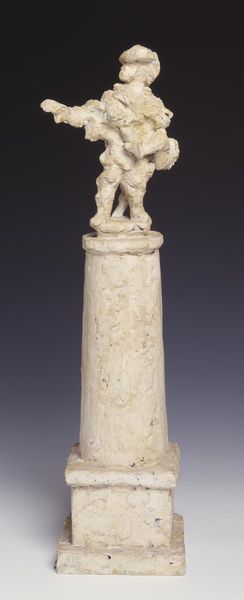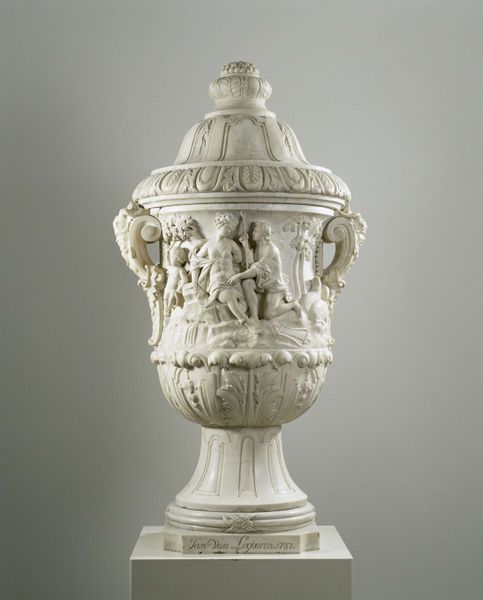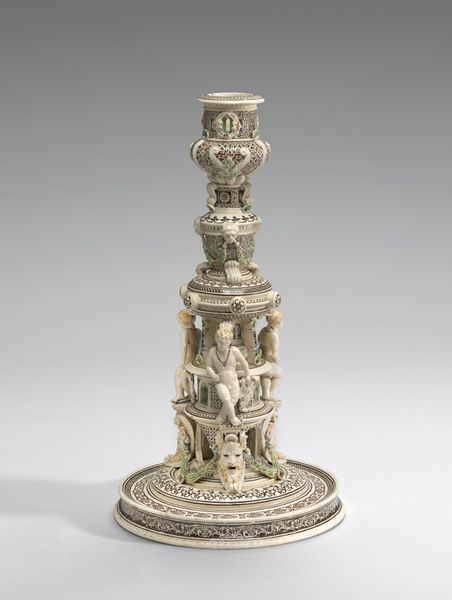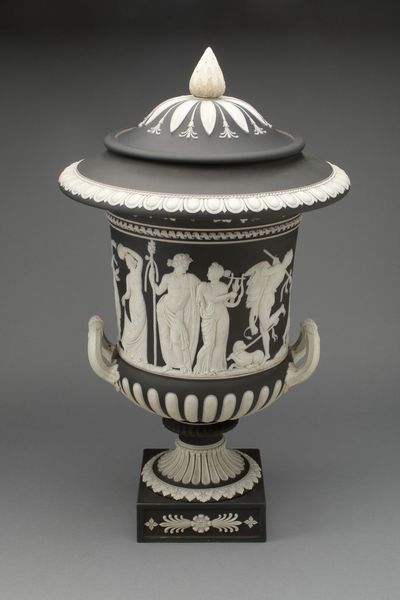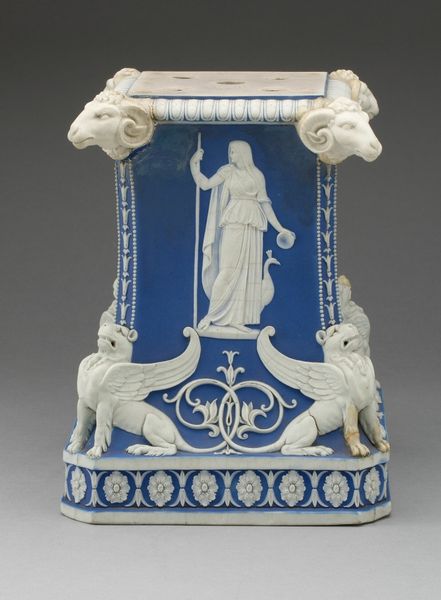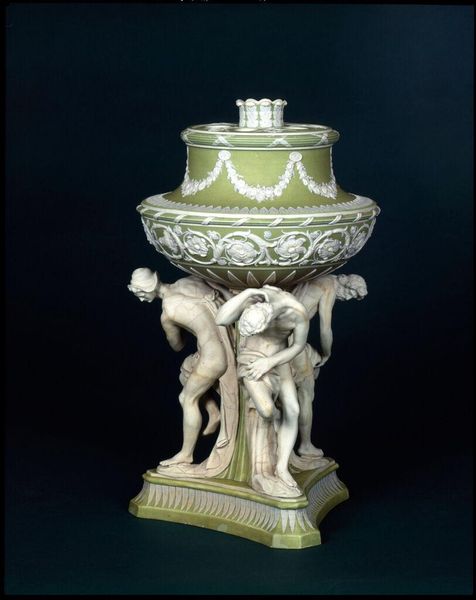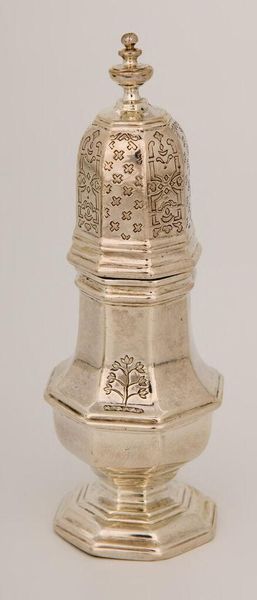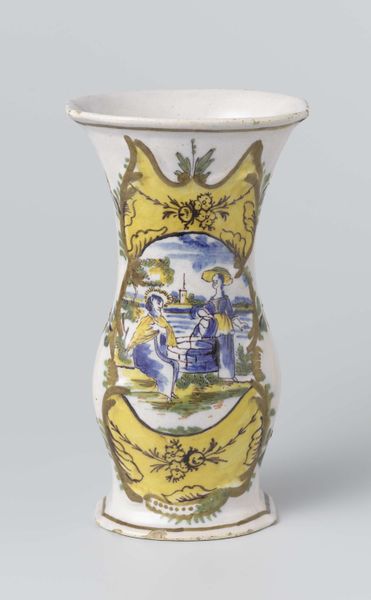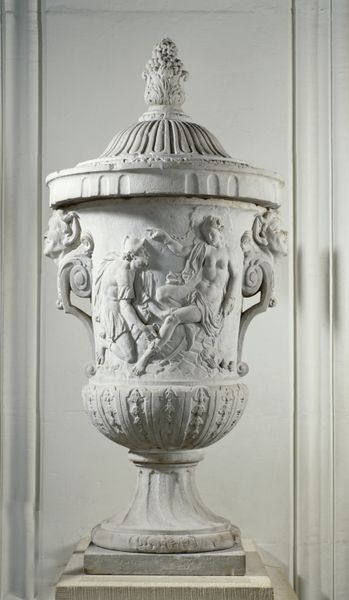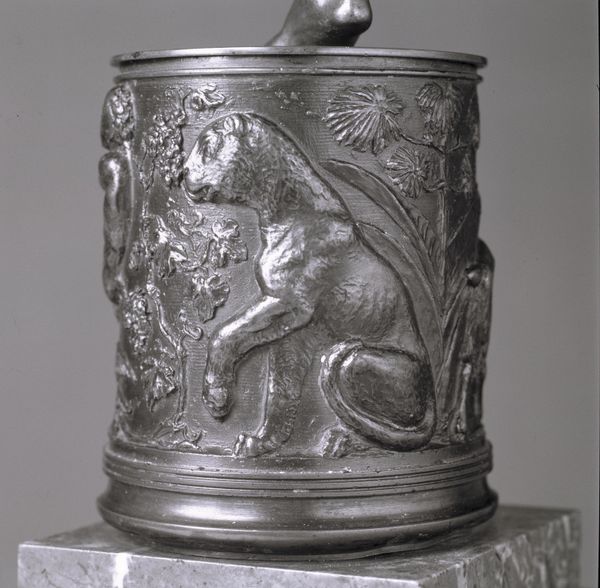
relief, ceramic, sculpture
#
relief
#
ceramic
#
sculpture
#
ceramic
#
history-painting
#
decorative art
Dimensions: H. 42 1/2 in. (108 cm); Diam. 16 3/8 in. (41.6 cm)
Copyright: Public Domain
Editor: Here we have Karl L.H. Müller's "Centennial Pedestal," created in 1876 using ceramic. It has a distinctly neoclassical vibe. What is immediately interesting to me is how a relatively ordinary object transforms into a carrier of complex historical narratives. How do you interpret this work in its time? Curator: Given its creation date, the "Centennial Pedestal" speaks directly to the United States' self-perception during its centennial celebrations. The use of Neoclassical imagery, commonly associated with republicanism and democracy since the Enlightenment, is fascinating here. Do you notice how it borrows visual language from ancient Greece and Rome? This isn't just aesthetic; it’s a deliberate attempt to connect the young American republic with a lineage of celebrated democracies and empires. Editor: I see what you mean about the connection to classical empires. The reliefs definitely suggest stories of grandeur and civilization. Was there any debate about the use of ceramic rather than marble or other materials? Curator: Absolutely. Ceramic, especially when rendered to mimic materials like Jasperware made popular by Wedgwood, speaks volumes about the democratization of art. Marble was exclusive; ceramic could be mass-produced, suggesting a desire to make this kind of historically-charged imagery accessible to a wider public. This pedestal's function goes beyond simple decoration; it asserts America's place within a global historical narrative. In short, its about nation building and promoting particular stories about the rise of democracy. Editor: So it is making classical values accessible and connecting it with contemporary American society. Curator: Precisely. The Centennial was a crucial moment for constructing a unified national identity, and objects like this played a role in visually solidifying that identity. What stories it leaves out are equally significant, as they speak to a certain kind of ideal America that was heavily debated. Editor: I had never considered decorative art could convey political messages, I will never look at these objects the same way again. Curator: Art always reveals its place in historical record, if we learn how to view its political charge.
Comments
No comments
Be the first to comment and join the conversation on the ultimate creative platform.
